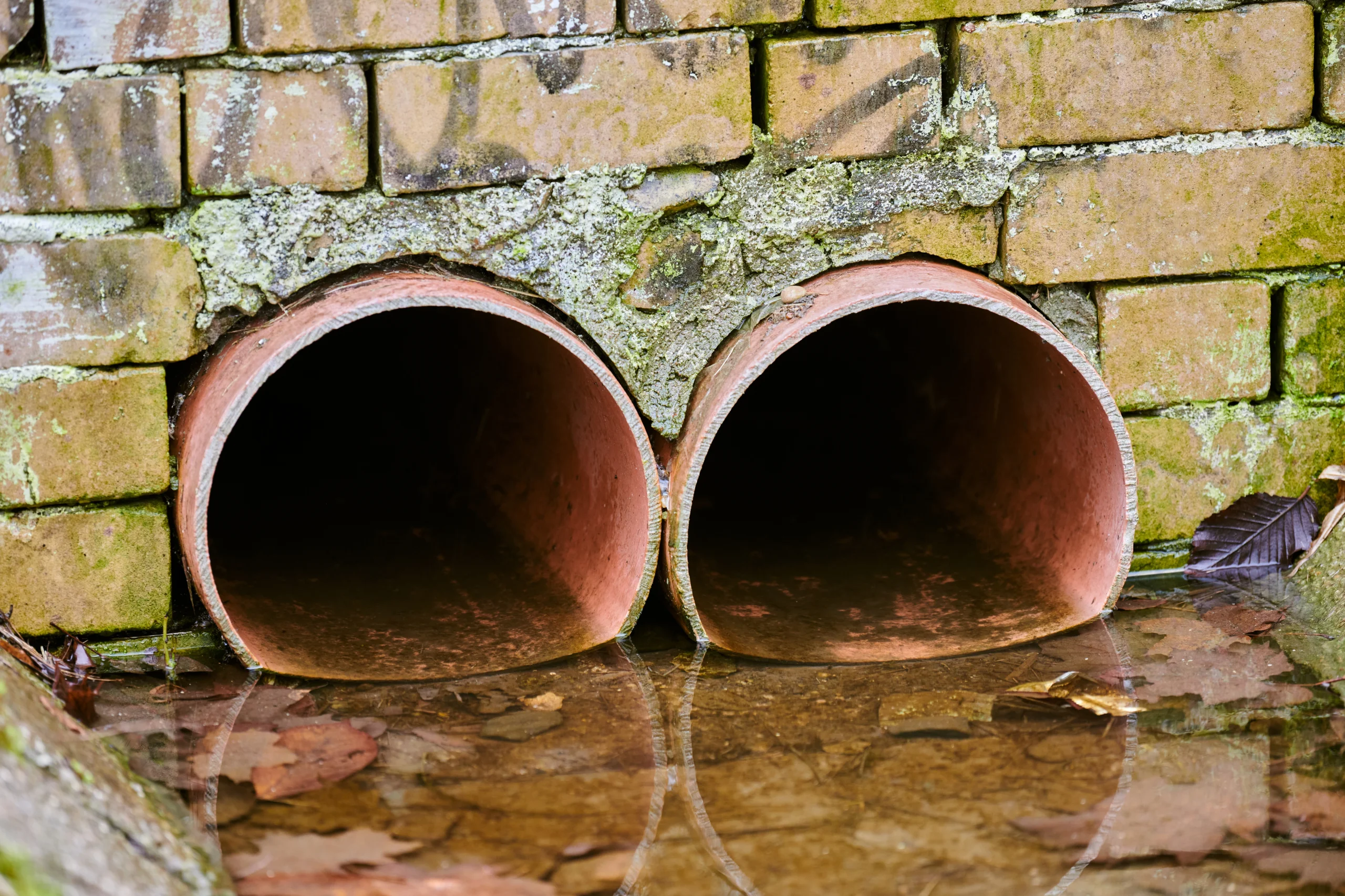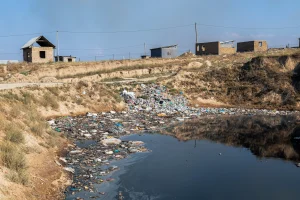
The Pure Truth: A Deep Dive into Water Filtration vs. Purification
For many South Africans, the question of water safety is a daily concern. From inconsistent municipal supplies to the need

In South Africa, a silent and devastating crisis is unfolding beneath the surface, one that threatens the very core of our nation’s health, environment, and economic stability. It’s a crisis of water, but more specifically, a crisis of wastewater treatment. While official government reports might understate the problem, a closer look at the data reveals a ticking time bomb of infrastructural collapse and systemic failure.
The scale of the problem is nothing short of staggering. The long-awaited return of the Department of Water and Sanitation’s “Green Drop” reports, after a nine-year hiatus, painted a grim picture. These reports, which assess the performance of municipal wastewater treatment plants, showed a catastrophic decline in standards. According to a 2024 independent report by AfriForum, a shocking 87% of municipal wastewater treatment plants failed to meet the minimum standards for discharging effluent into the environment. This is not a new problem; it is a deterioration that has accelerated over a decade, turning our rivers and dams into open sewers.
A Tsunami of Human Waste: The Public Health and Environmental Toll
Experts have described the situation as a “tsunami of human waste,” and the metaphor is apt. This widespread failure means that billions of liters of raw or partially treated sewage are released into our rivers and coastal waters every year. This has a direct and devastating impact on the health of our communities. Public health officials and humanitarian organizations like UNICEF have directly linked this poor sanitation to the resurgence of waterborne diseases. Recent cholera outbreaks in various parts of the country serve as a stark and tragic reminder of the human cost. These outbreaks are not random events; they are the direct consequence of a system that is failing to provide safe water and sanitation. High-risk communities, often in densely populated urban areas, are particularly vulnerable, with children and the elderly being disproportionately affected.
The environmental fallout is equally severe. Rivers that once sustained vibrant ecosystems are now choked with raw sewage, carrying pathogens, chemicals, and industrial waste that destroy aquatic life. The pollution of major water systems, such as the Vaal River, has reached a critical point. In a landmark inquiry by the South African Human Rights Commission, it was revealed that dysfunctional wastewater treatment plants were discharging untreated sewage directly into the Vaal, polluting a vital resource for millions of people and a key part of the country’s economic heartland. Similarly, coastal towns are facing a daily onslaught of contamination, with reports of high levels of E. coli forcing the closure of iconic beaches in places like Durban.

The Economic Consequences of Environmental Degradation
This crisis is not just a public health and environmental issue; it is also a significant economic threat. When a city’s beaches are closed, the tourism sector—a crucial economic driver—suffers. Businesses, from hotels and restaurants to local vendors, face severe financial losses. The economic impact extends far beyond tourism, affecting agriculture and fisheries as well. The contamination of water sources leads to a decline in the quality and quantity of food production, posing a direct threat to national food security. The World Bank has quantified these risks, showing that when rivers become heavily polluted, downstream regions can lose up to 2% of their economic growth. The cost of environmental degradation and the health-related expenses from waterborne illnesses far outweigh the cost of proper infrastructure maintenance and investment.
The root causes of this systemic collapse are deeply entrenched. Decades of chronic underfunding have left municipalities with crumbling infrastructure that is simply unable to cope with the demands of rapid urbanization and population growth. This is exacerbated by a lack of skilled professionals. Many municipalities lack the technical expertise and management capacity to operate and maintain complex wastewater treatment facilities effectively. The suspension of the Green Drop and Blue Drop programs for nearly a decade also created a significant vacuum of accountability and oversight. Without regular, transparent reporting, the problems festered and worsened, leading to the dramatic decline we see today.
However, the picture is not entirely bleak. The renewed focus on the crisis has also spurred innovation and action. The return of the Green Drop reports, alongside independent assessments from organizations like AfriForum, is a crucial step toward restoring accountability. The government has acknowledged the severity of the problem and has outlined plans for new legislation and the establishment of regulatory bodies to oversee water services.
Furthermore, solutions are emerging from various sectors. Scientists are exploring decentralized and sustainable approaches, such as using algae for natural wastewater treatment, which offers a low-cost, low-energy alternative to traditional methods. The private sector is also stepping in with a range of technologies, from compact biological wastewater treatment plants for commercial use to advanced filtration systems for municipalities. These solutions offer a glimmer of hope, proving that with the right investment and political will, the tide can be turned.

The path forward, though challenging, is clear. It requires a fundamental shift in mindset and a commitment from all stakeholders—government, industry, and the public—to prioritize our water resources. We must invest in repairing and upgrading our aging infrastructure, implement robust and transparent monitoring programs, and foster a culture of accountability in our municipalities. Only by recognizing the severity of the wastewater treatment crisis and taking bold, decisive action can we protect our most precious resource, safeguard the health of our people, and secure a sustainable future for South Africa.

For many South Africans, the question of water safety is a daily concern. From inconsistent municipal supplies to the need

In light of ever-increasing water scarcity and deteriorating water quality nationally, many people are turning to JoJo tanks and their

Clean water isn’t always at your fingertips, but with P&G Purifier of Water Sachets, the solution can be in your